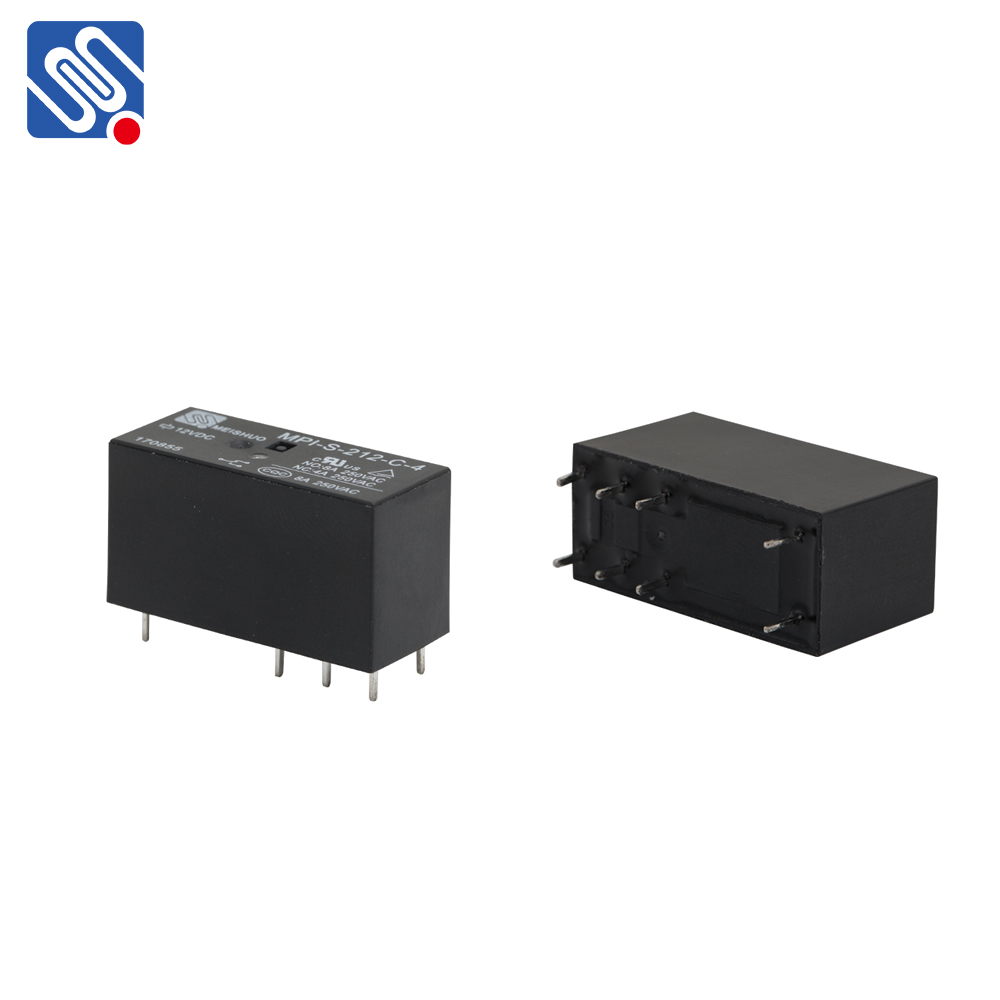In today’s fast-paced digital world, the demand for efficient and reliable communication systems is ever-growing. As data transmission speeds increase and the number of connected devices rises, the concept of relay efficiency has gained importance within the fields of wireless communication and networking. Relay efficiency refers to the effectiveness with which data can be transmitted from a source to a destination through intermediate relay nodes. This article delves into the intricacies of relay efficiency, its influencing factors, and its significance in optimizing communication networks.

At its core, relay efficiency can be defined as the ratio of the successfully transmitted data to the total data sent through a relay node. Several factors contribute to determining relay efficiency, including signal quality, the chosen relaying strategy, network topology, resource allocation, and environmental conditions. A thorough understanding of these factors is essential for designing robust communication systems. One fundamental aspect influencing relay efficiency is signal quality. The strength and clarity of the signal received by the relay node play a critical role in determining the quality of the forwarded data. High-quality signals result in low error rates and increased throughput, while weak signals can lead to significant degradation in performance. Therefore, it is essential to ensure that relay nodes are optimally located to receive strong signals, especially in environments where physical obstructions are present.